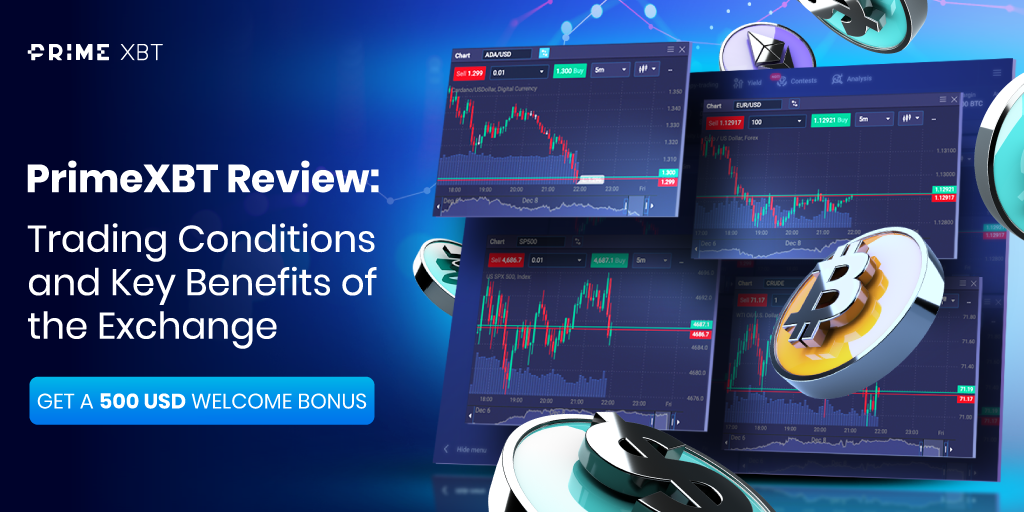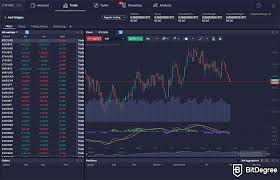
Mastering the Market: PrimeXBT Crypto Trading Education
In the world of cryptocurrency trading, knowledge is your strongest ally. PrimeXBT Crypto Trading Education PrimeXBT Crypto Trading Education provides a comprehensive foundation for both new and experienced traders. Understanding the fundamental principles of trading, market psychology, and technical analysis can enhance your ability to make informed decisions and manage risk effectively. In this article, we will delve deeper into essential trading strategies, risk management techniques, and the tools necessary for a successful trading experience.
Understanding the Basics of Crypto Trading
Before diving into complex strategies, it’s vital to understand the essential elements of cryptocurrency trading. Crypto trading involves purchasing and selling digital currencies with the objective of making a profit. The crypto market is known for its volatility, making it a potentially lucrative but risky arena for traders.
The Importance of Research
Successful traders dedicate time to research. Understanding the market’s movement through news events, regulatory changes, and technological advancements can significantly influence trading decisions. Staying updated with current events is crucial for anticipating price movements.
Technical Analysis: The Trader’s Compass
Technical analysis is a cornerstone of trading strategy. It involves analyzing past market data, primarily price and volume, to forecast future price movements. Traders utilize various tools and indicators to assist their analysis. Key elements of technical analysis include the following:
Charts
Charts are essential tools for visualizing market data. Line charts, bar charts, and candlestick charts each provide different perspectives on price movements. Candlestick charts, in particular, are popular among traders because they encapsulate the open, high, low, and close prices over a specific time frame.
Indicators
Technical indicators are calculations based on price and volume data. Common indicators include moving averages, Relative Strength Index (RSI), and Bollinger Bands. These tools aid traders in identifying trends, strength, and potential reversal points.

Developing a Trading Strategy
A well-defined trading strategy is vital for long-term success. Your strategy should outline your goals, risk tolerance, entry and exit points, and the reasoning behind your trades. Whether you choose day trading, swing trading, or long-term investing, having a consistent approach can help you navigate the complexities of the market.
Choosing Your Trading Style
There are various trading styles, each with its own set of rules and strategies:
- Day Trading: Involves making trades within the same day to capitalize on short-term market movements.
- Swing Trading: Focuses on capturing price swings over several days or weeks. It’s suitable for those who cannot monitor their trades constantly.
- Scalping: A high-frequency trading method aimed at gaining small profits from minor price changes throughout the day.
- Long-term Investing: Promotes holding positions for extended periods, believing in a currency’s increase in value over time.
Risk Management: Protecting Your Capital
Risk management is perhaps the most crucial aspect of trading. Successful traders know that losses are inevitable, but managing them wisely is what differentiates them from those who fail. Some key techniques include:
Setting Stop-Loss and Take-Profit Orders
Stop-loss orders help limit losses by automatically selling a position at a predetermined price. Similarly, take-profit orders lock in profits when a trade reaches a certain level. Both tools are essential for managing risk and ensuring you adhere to your trading plan.
Diversifying Your Portfolio
Don’t put all your eggs in one basket. Diversification is a risk management strategy that involves spreading investments across various assets to reduce exposure to any single asset. This approach can help mitigate losses in volatile markets.
Position Sizing

Determining how much capital to allocate for each trade is vital. Position sizing involves evaluating your overall capital, risk tolerance, and the specific trade’s risk. A commonly used guideline is the 1% rule, where traders risk only 1% of their total capital on a single trade.
The Psychology of Trading
Emotional discipline is just as important as technical skills in crypto trading. Fear and greed can cloud judgment, leading to impulsive decisions. Here are strategies to enhance your psychological resilience:
Keeping a Trading Journal
Maintaining a trading journal can foster self-awareness. Documenting your trades, including the reasons behind each decision, can help identify psychological pitfalls and improve your approach over time.
Staying Mindful
Mindfulness techniques can help in managing stress and maintaining focus. Simple practices like meditation or strategic breathing can improve your decision-making ability, especially during high-pressure situations.
Utilizing Trading Tools and Resources
Modern trading platforms provide numerous resources and tools designed to enhance trading capabilities. PrimeXBT offers advanced tools and resources for traders at all levels, including:
- **Trading tutorials** and educational content that cater to different skill levels.
- **Market analysis tools** that keep traders informed about trends and market movements.
- **User-friendly interface** that simplifies the trading experience, making it accessible to everyone.
- **Trading simulator** for practicing strategies without financial risk.
Conclusion
Engaging in cryptocurrency trading can be both exciting and challenging. With the right education and tools, you can navigate this dynamic market confidently. The PrimeXBT Crypto Trading Education platform is an excellent starting point for individuals serious about learning and improving their trading skills. By understanding fundamental concepts, implementing effective strategies, and managing risks wisely, anyone can become a successful trader. Always remember that consistent education and practice are key to mastering the complexities of the crypto market.
